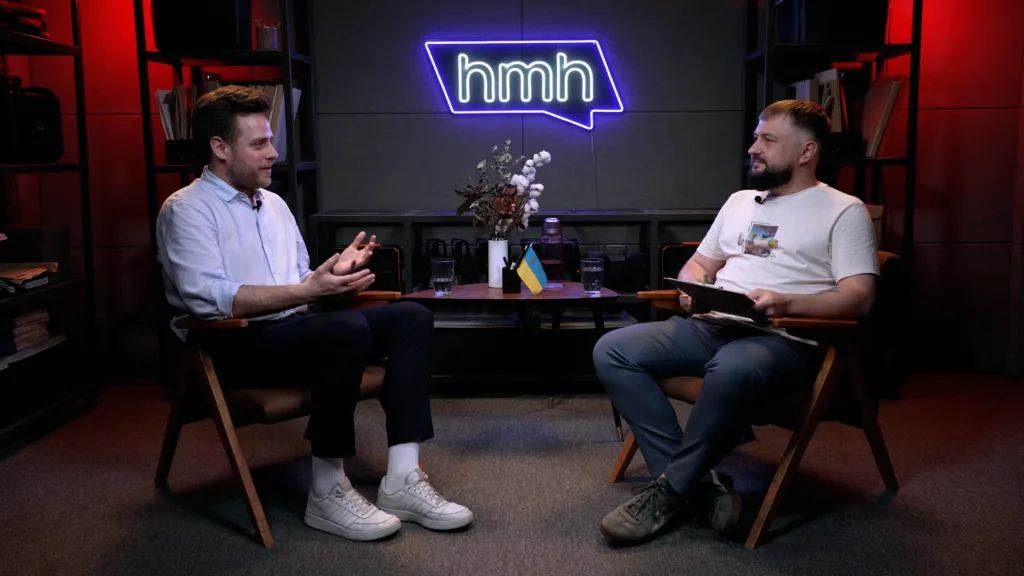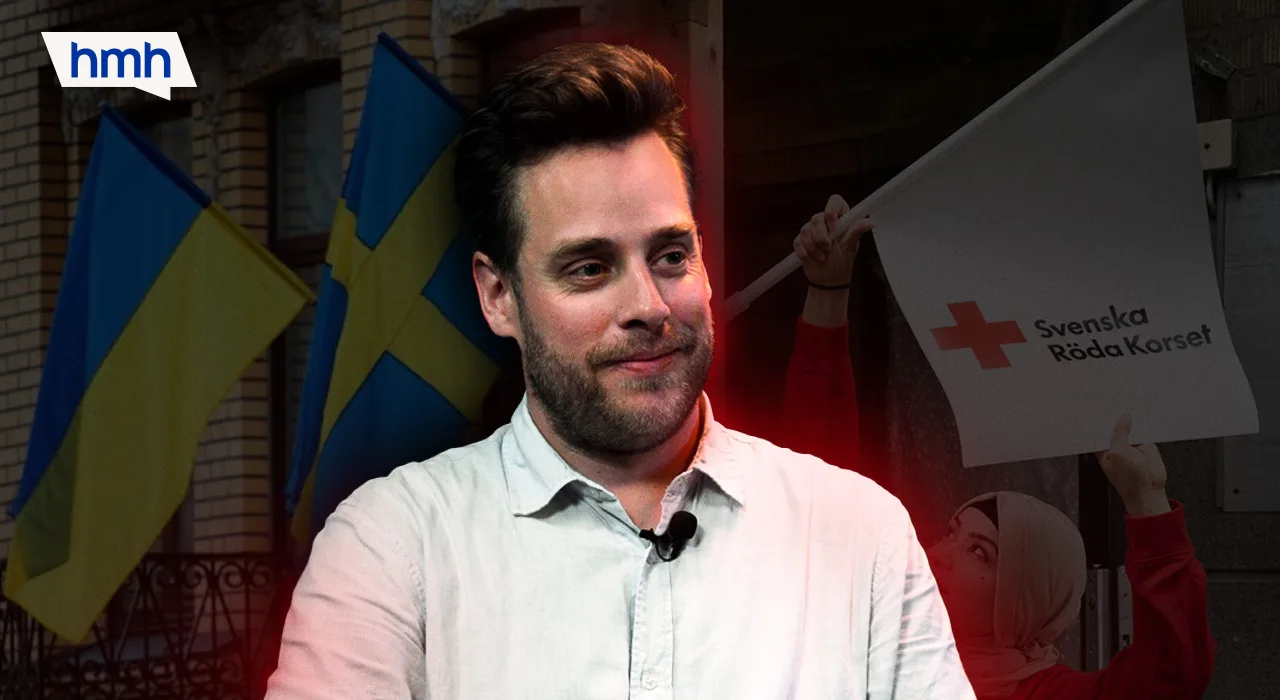Russia’s full-scale invasion of Ukraine has become a challenge for the entire world, and especially for the humanitarian system. In this interview, Daniel Wallinder, Country representative of the Swedish Red Cross in Ukraine, shares his experience of working in the humanitarian sector, his vision of the Swedish Red Cross’ key priorities, cooperation with the Ukrainian Red Cross, and what Europe can learn from Ukraine.
Professional path
How did you join the Swedish Red Cross?
I joined the Swedish Red Cross about 11 years ago, right after completing my master’s degree in international development and management. The humanitarian aid sector is very competitive, so I applied to every position I could find. I was lucky to get an entry-level role at the SRC, and now I’ve been here for 11 years. At first, I didn’t know much about the Red Cross, but now I deeply value our mandate and fundamental principles.
What key moments shaped your career?
I worked in Bangladesh in the world’s largest refugee camp – in Cox’s Bazar. That was a defining experience. I also worked in North Korea and served as an operations manager for the International Federation in Romania in 2022, supporting Ukrainian refugees. That was one of the reasons I wanted to work in Ukraine. I moved here in January 2025.

Read also: “Local self-government is the frontline” – how ATC are rebuilding Ukraine
Priorities and areas of work
What are the main priorities of the Swedish Red Cross in Ukraine?
Our main priority is supporting the Ukrainian Red Cross. We work in Sumy region and have recently started activities in Kherson and Odesa. Our priority areas are protection, gender inclusion, mental health, and psychosocial support. It’s also important to attract new funding, as the needs in Ukraine remain significant.
What is the significance of the memorandum signed between the SRC and URC?
This document demonstrates solidarity and support between the organisations. The Swedish and Ukrainian Red Cross support each other. We provide financial and technical assistance, and the Ukrainian Red Cross shares its experience of responding to the war. The memorandum is part of a long-term partnership that will not end in 2030.
Read also: Kyiv real estate market. Prices, trends, eOselya and the impact of IDPs
Psychosocial support and medical services
What new mental health tools is the Swedish Red Cross implementing?
In Sweden, we have centres for victims of torture and trauma. In Ukraine, we cooperate with the ICRC to train medical professionals and assist released prisoners of war. Special attention is given to community-based approaches. The Ukrainian Red Cross is an important partner here.
What impact do mobile health units and emergency response teams have?
They are lifesavers. In Sumy region, I saw teams going to the sites of attacks, evacuating people, saving lives, and providing assistance. Many work at great risk to themselves. The same applies to mobile health units helping isolated elderly people in remote villages.

Read also: “We are the navigators, and the driver is the Ukrainian Red Cross”. Interview with Michael Kramer about Swiss Red Cross humanitarian mission in Ukraine
Localisation and community engagement
How do you assess the localisation of humanitarian projects?
Localisation is key. Local communities know their needs best. The Ukrainian Red Cross already works locally, but we as partners must do more to transfer responsibility to the field.
What is the importance of mine risk education?
Ukraine is one of the most heavily mined countries. It’s important not only to clear mines but also to educate – especially children. Mines can look like toys. It’s good that Ukrainian Red Cross volunteers know how to explain the risks properly using visual materials and exercises.
Read also: “Your neighbours are the first rescuers” – Magali Mourlon on localisation of aid and community resilience
Climate approaches and donor cooperation
How is the humanitarian sector responding to climate challenges?
Even during war, it’s necessary to minimize environmental impact. At the Swedish Red Cross, we support green construction, including temporary wooden housing in Sumy. It’s important to plan for the future – avoid harming the environment, implement eco-driving, and use resources wisely.
How is public support in Sweden mobilised?
Through the media. Ukraine is constantly in the news in Sweden. We use both social media and traditional media to inform the public about our results and the needs on the ground. But donor fatigue is a real threat.
How is policy coordinated with the Swedish government?
We organise field visits for officials. This is the best way to show the real needs. In Sumy, we met with IDPs receiving assistance. Such personal stories have a strong impact on political decisions.

Read also: What is the future of Ukrainians abroad? The experience of a community in Sweden
Ukraine’s experience as an example
What can Europe learn from Ukraine?
A lot. How to mobilise volunteers, work with authorities, and adapt to emergencies. The Ukrainian Red Cross is already sharing this experience, and we are very grateful.
What would you like to say to Ukrainians?
I moved here in January and have been impressed by your resilience. During the day, Kyiv is full of life, and at night – people support each other. Ukrainians are incredibly hospitable. Working with you is an honour and a pleasure. Thank you very much.
Read also: “Security is a common cause”. Interview with Tetiana Nehaichuk about hromadas



